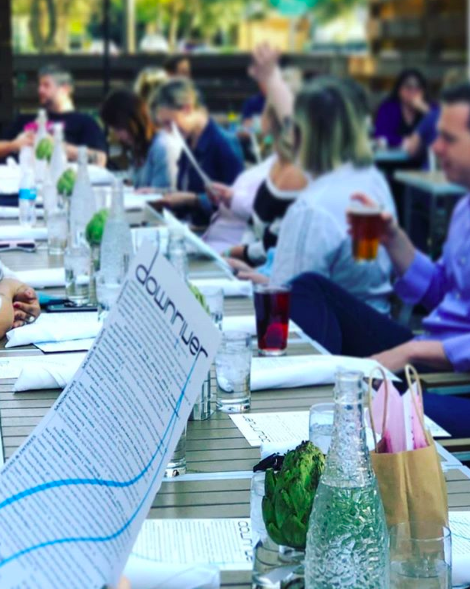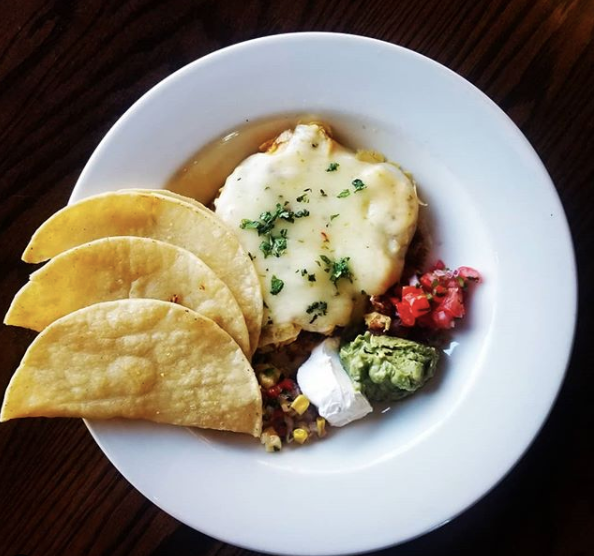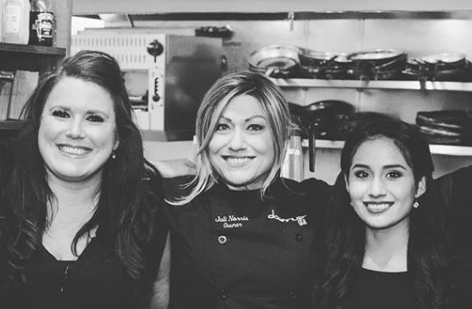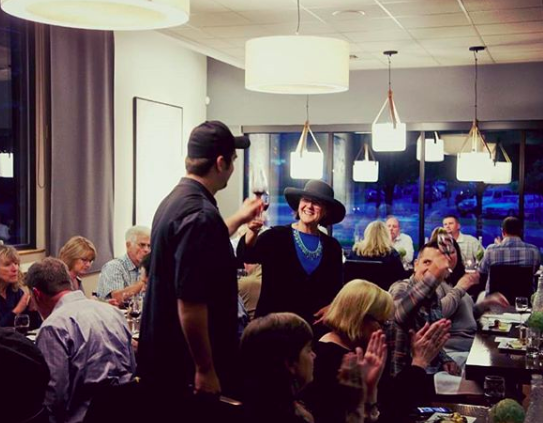I read somewhere that to own a restaurant is ranked in the top five on most people’s dream-job list, along with writing a novel and traveling the world. Many movies and television shows portray chefs and restaurant owners as artistic, wealthy and passionate people. They conquer the world artistically, one beautiful, and delicious plate at a time. 
First and foremost, this industry, as romantic as it sounds to be a chef and own and operate a restaurant can be summed up in one word: commitment. It is definitely not a get-rich-quick, get-famous, or a part-time industry. Truth be told, it is a work-until-you-drop, small profit margin, little room for error, constant changing and adapting industry. With fierce and countless competition, and everyday risk taking.
So, faced with this reality, one might ask why I choose it. It’s simple. I have passion for food, and for business. I am a thinker, so much so that sometimes I can’t shut off my brain. I live to come up with new ideas and concepts, new flavor combinations, bring them to fruition, and then see if I can sell it. I see problems as opportunities and am constantly asking myself:
“Will this dish appeal to our demographic—can I sell it?”
“How can we improve costs?”
“Are we keeping our standards on a day to day basis?”
“How can we be more efficient?”
I love building and creating—everything from new concepts to new marketing strategies (entrepreneurship). I love watching simple ideas (creativity) turn into products people buy, enjoy (innovation), and those products being the base of a living, breathing business.
Building a restaurant is similar to building the perfect dish. You have to have balance. When I create a dish, I look for balance in flavor, texture & plating.

Flavor. The best dishes are the ones that taste good right? But have you ever wondered how two people can make the same dish and one taste different than the other? If the balance is off, even a little, it can change the flavor of the dish. To find umami, or balance in a dish, in my opinion, you need to balance salt, fat, heat, sweet, & acid.
Texture is important too, and it doesn’t mean you always have to have contrasting textures, like soft and crunchy. Sometimes, the entire texture of the dish needs to have the same texture. It depends on what dish it is and how the chef is interpreting it.
Plating. You have heard the saying, You eat with your eyes first. That is very true.
But I didn’t become a chef and restaurant owner alone. And I didn’t get here without several failures along the way or without generous opportunity and shared knowledge from others in the business. And hopefully tomorrow I will still be successful. One thing I have learned about this industry, every day is filled with new blessings and challenges. I hope that through this blog, some of the lessons I have learned along the way can help you carve out your business dream.


